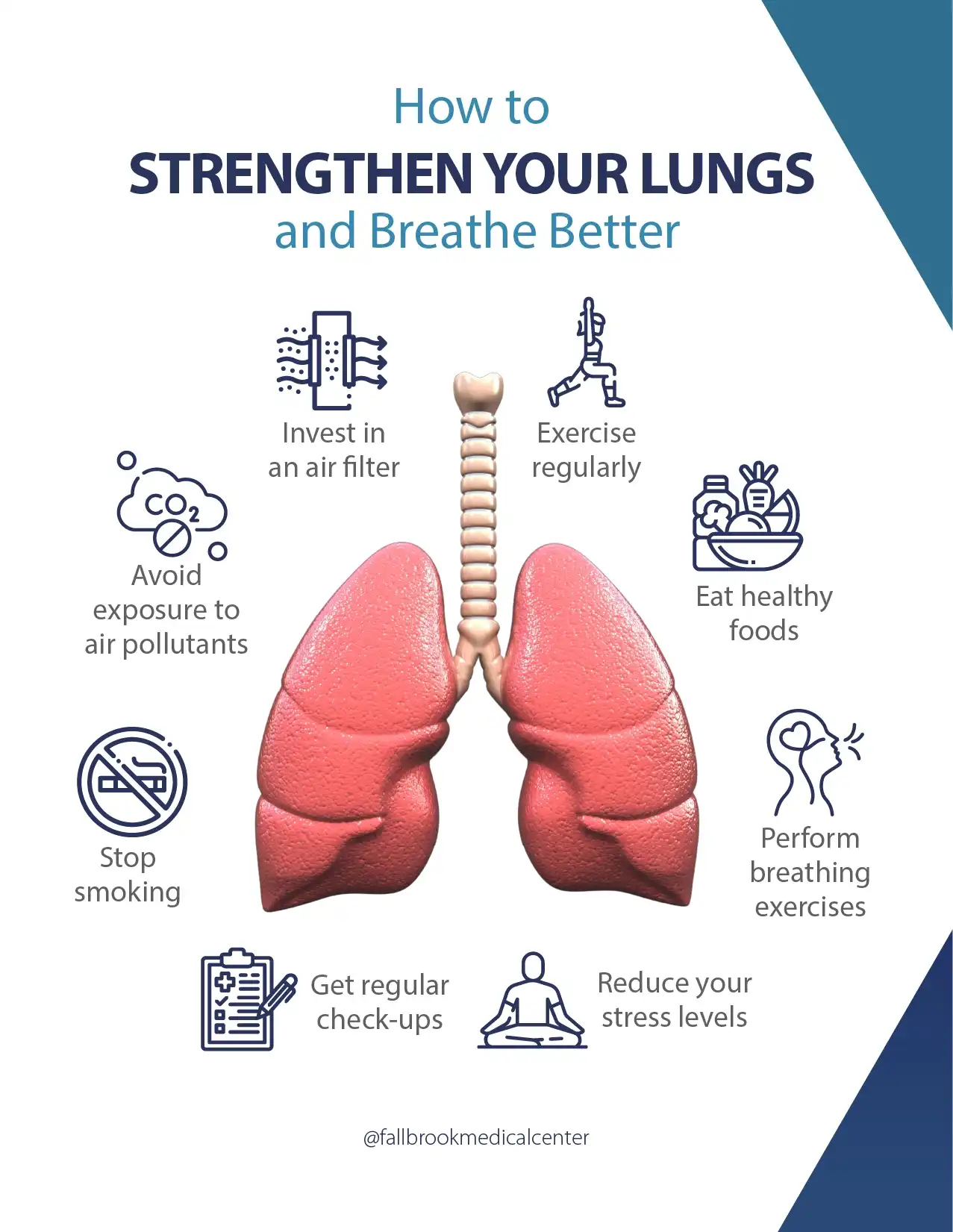Improved Breathing
by Admin
Posted on 09-12-2024 10:19 PM

What is Improved Breathing
Improved breathing refers to the practice of conscious breathing, where an individual is aware of their breath and makes a deliberate effort to breathe correctly. This involves taking slow, deep breaths through the nose, filling the lungs completely, and exhaling slowly through the mouth. Improved breathing can be achieved through various techniques, including meditation, yoga, and breathing exercises.
Benefits of Improved Breathing
The benefits of improved breathing are numerous. Some of the most significant advantages include: * Reduced stress and anxiety * Improved sleep quality * Increased energy levels * Enhanced cognitive function * Boosted immune system * Better digestion Improved breathing can also help to alleviate symptoms of respiratory diseases, such as asthma and chronic obstructive pulmonary disease (COPD).
Techniques for Improved Breathing
There are several techniques that can help improve breathing. Some of the most effective methods include:
Diaphragmatic Breathing
Diaphragmatic breathing, also known as belly breathing, is a technique that involves breathing deeply into the lungs, using the diaphragm. This type of breathing is essential for efficient gas exchange and can help to reduce stress and anxiety. To practice diaphragmatic breathing, sit comfortably with your back straight, place one hand on your belly and the other on your chest. Inhale slowly through your nose, allowing your belly to rise as your diaphragm descends. Your chest should not move. Exhale slowly through your mouth, allowing your belly to fall as your diaphragm rises.
Box Breathing
Box breathing is a technique that involves breathing in for a count of four, holding your breath for a count of four, exhaling for a count of four, and holding your breath again for a count of four. This type of breathing can help to calm the mind and reduce stress. To practice box breathing, find a comfortable seated position, close your eyes, and focus on your breath. Inhale for a count of four, filling your lungs completely. Hold your breath for a count of four. Exhale for a count of four, emptying your lungs completely. Hold your breath again for a count of four. Repeat the cycle several times.
Alternate Nostril Breathing
Alternate nostril breathing is a technique that involves breathing in through one nostril and out through the other. This type of breathing can help to balance the nervous system and reduce stress. To practice alternate nostril breathing, sit comfortably with your back straight, place your right hand in front of your face, and use your thumb to close your right nostril. Inhale slowly through your left nostril. Then, close your left nostril with your ring finger and exhale slowly through your right nostril. Inhale through your right nostril, close it with your thumb, and exhale through your left nostril. Repeat the cycle several times, alternating nostrils.
Common Breathing Mistakes
Many people make common breathing mistakes that can lead to inefficient breathing and reduced oxygenation of the body. Some individuals may even consider surgical procedures, such as rhinoplasty, to help improve their breathing, but it's essential to identify and correct common mistakes first. Some of the most common mistakes include: * Shallow breathing: Breathing too shallowly can lead to inadequate oxygenation of the body. * Mouth breathing: Breathing through the mouth can lead to dryness of the mouth and throat, and can also cause the body to lose heat. * Rapid breathing: Breathing too quickly can lead to hyperventilation, which can cause dizziness, lightheadedness, and anxiety.
Improved Breathing in Daily Life
Improved breathing can have a significant impact on daily life. By practicing conscious breathing, individuals can reduce stress and anxiety, improve their mood, and increase their energy levels. Improved breathing can also enhance cognitive function, leading to better focus, concentration, and productivity. Additionally, improved breathing can help to alleviate symptoms of respiratory diseases, such as asthma and COPD, and can also reduce the risk of developing these conditions.
Conclusion
Improved breathing is a simple yet powerful practice that can have a significant impact on overall health and well-being. By incorporating conscious breathing techniques into daily life, individuals can reduce stress and anxiety, improve their mood, and increase their energy levels. With regular practice, improved breathing can become a habit, leading to a healthier, happier, and more balanced life.
FAQs
What is the best way to practice improved breathing?
The best way to practice improved breathing is to start with short sessions, such as 5-10 minutes, and gradually increase the duration as you become more comfortable with the techniques.
Can improved breathing help with anxiety and stress?
Yes, improved breathing can help to reduce anxiety and stress by calming the mind and body.
How often should I practice improved breathing?
It is recommended to practice improved breathing daily, ideally at the same time each day, such as first thing in the morning or before bed.
Can improved breathing help with sleep?
Yes, improved breathing can help to improve sleep quality by reducing stress and anxiety, and promoting relaxation.
Are there any specific breathing exercises that can help with respiratory diseases?
Yes, there are several breathing exercises that can help to alleviate symptoms of respiratory diseases, such as diaphragmatic breathing and box breathing.
Can improved breathing be practiced anywhere?
Yes, improved breathing can be practiced anywhere, at any time, making it a convenient and accessible practice for overall health and well-being.
Lakeshore Facial Plastic Surgery
17900 23 Mile Rd #205, Macomb, MI 48044
586-286-6565
